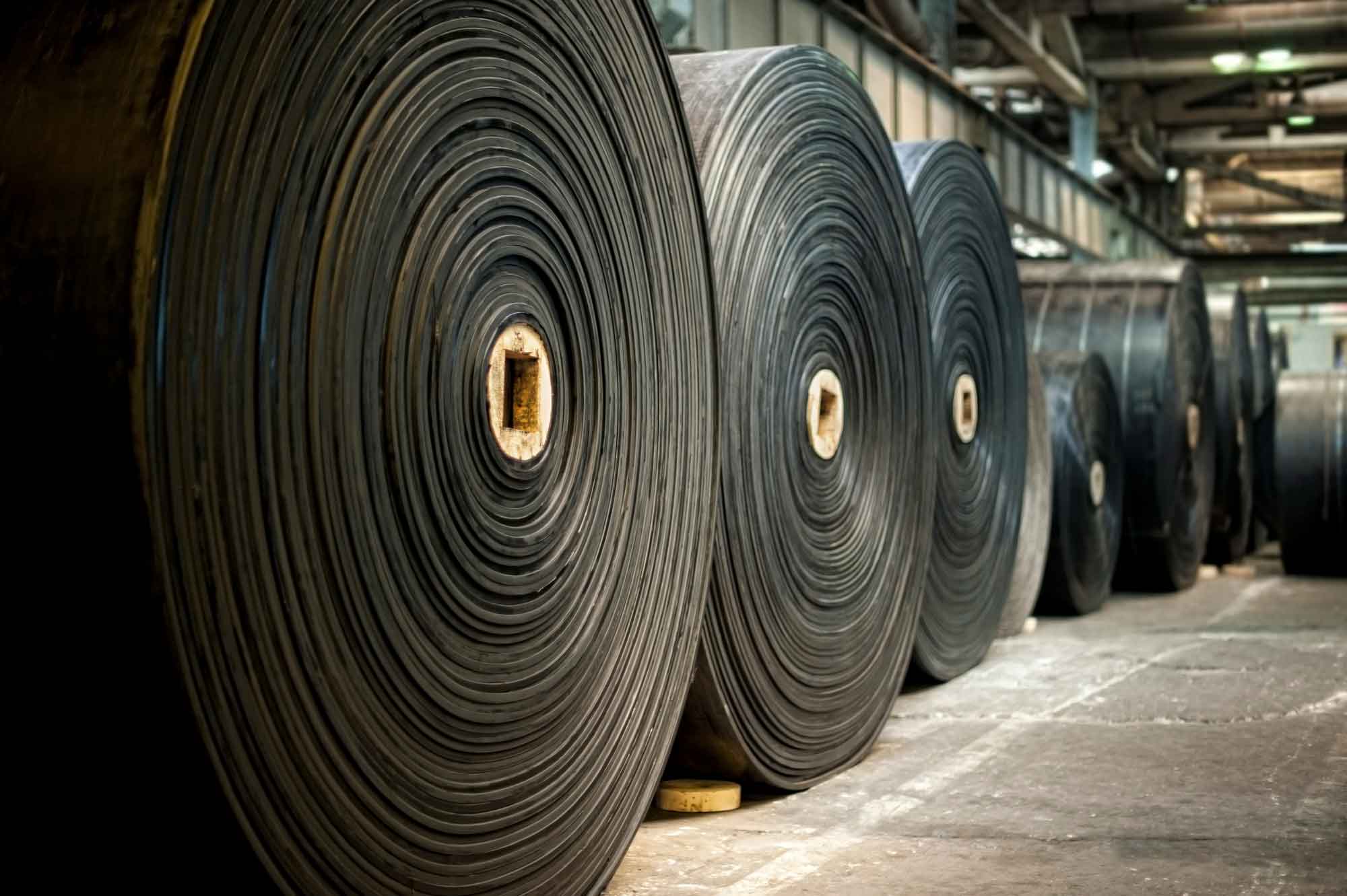Did you just purchase the perfect mid-century modern home? Or are you looking for the best solution to keep your office building’s roof in great shape? Finding the best roofing material for a flat roof is a whole different ballgame than choosing material for a traditional roof. Luckily, flat roofs on buildings are discrete, and homes with flat roofs are a statement of their own. This means you don’t have to worry about choosing the trendiest type of material on the market. Instead, you can focus on durability and quality. One option that many property owners turn to is EPDM (ethylene propylene diene terpolymer) roofing. Explore EPDM roofing pros and cons to ensure you make the right decision for your commercial or residential property.
EPDM Roofing Pros and Cons
Benefits
If you’re looking for a long-lasting flat roof covering at an affordable price point, EPDM roofing is a great option. These roofs are made out of a durable type of rubber, which is why some people call them rubber roofs. Depending on the layout of your roof, EPDM roofs can often be laid in a single piece. Laying a roof in a single piece means there are fewer chances for water to seep into the seams and damage your property. If water does damage a rubber roof, however, repairs are usually affordable and quick. Often, a tube of liquid rubber or special rubber tape will do the trick, but it’s always best to rely on help from a professional rather than trying to attempt a DIY. After all, the integrity of your roof is important and can affect the integrity of your entire home.
EPDM roofs can also withstand high winds and harsh ultraviolet rays, so a properly installed rubber roof can last decades. In fact, some rubber roofs that were laid down in the 1970s are still in use today (source). Rubber is even fire resistant, so if lightning happens to strike your roof, it has the potential to protect your entire building from a fire. The rubber comes in varying thickness levels, so just make sure to consult with a roofing expert to figure out if you need a 3-inch thick roof or just a 1.5-inch thick roof.
EPDM roofs are perfect for the busy property owner because they require little upkeep. At most, you might want to repaint the roof with acrylic paint once every decade.
Downsides
For some property owners, one drawback is the appearance of EPDM roofing. It’s important to remember, however, that pedestrians can’t easily see flat roofs on tall commercial buildings. Plus, mid-century modern houses with flat roofs can look sleek with the classic black look of rubber roofing.
Another downside of rubber roofing is that not every roofing company knows how to install the material properly. When researching companies that can handle your roof installation, call and ask how many EPDM roofs they have installed before. This should give you a good idea of whether or not the company is actually familiar with the material or if they are just desperate for another contract job.
One last thing to keep in mind is that EPDM works best on flat roofs and not traditional roofs.
_____
After learning about EPDM roofing pros and cons, are you ready to make a purchase? If you live in southern Missouri, contact Taylor-Made Roofing for help. With over 20 years of experience in residential and commercial roofing, Taylor-Made Roofing is a company that you can trust with all of your roofing needs. Our family-owned business offers quality services, a reassuring warranty, and free estimates. For more information, please give us a call at 417-326-8778 or contact us online. We look forward to hearing from you!

